Safety is primarily the responsibility of the operating organization of the plant. The organization that operates a nuclear power plant is responsible for its safety. In addition to internal and external self-evaluations, an independent regulatory body provides oversight through inspection activities and compliance measures when necessary. IAEA safety standards, developed on the basis of international consensus, address all aspects of safety in the operation of nuclear power plants and regulatory activities.
They include requirements for safety management and the organizational and technical aspects of safety during the lifecycle of nuclear power plants. Include implementation guides for all major types of installations. The nuclear power industry is among the most regulated commercial companies. The primary responsibility for government oversight rests with the NRC, which issues federal licenses to build and operate nuclear power plants.
The mission of the NRC is to protect public health and safety by ensuring that each plant meets the technical and administrative requirements established by the agency, and the terms imposed by an installation license. A particular nuclear scenario was the loss of cooling, which resulted in the melting of the nuclear reactor core, and this prompted studies on the physical and chemical possibilities, as well as on the biological effects of any dispersed radioactivity. International cooperation on nuclear safety issues is carried out under the auspices of the World Association of Nuclear Operators (WANO), which was established in 1989.Already in the late 1970s, the UK Central Electricity Generation Board considered the possibility of a large a passenger plane was deliberately hijacked and crashed into a nuclear reactor. Operating Limits means the limits required to ensure the safe operation of a nuclear installation, including limiting control settings and limiting operating conditions.
The USQ process allows a contractor to make physical and procedural changes to a nuclear facility and conduct tests and experiments without prior approval, as long as these changes do not cause a USQ. Nuclear installation means a nuclear installation with a reactor or without a reactor in which an activity is carried out for or on behalf of the DOE and includes any related area, structure, installation or activity to the extent necessary to ensure the correct application of the requirements established by this Party. All countries operating nuclear power plants have a nuclear safety inspection and all of them work closely with the IAEA. The main safety concern has always been the possibility of an uncontrolled release of radioactive material, leading to contamination and consequent off-site radiation exposure.
In fact, the DOE expects that the provisions of the contract will be used to provide more details on the implementation of basic security requirements, such as preparing a documented security analysis, developing technical safety requirements, and implementing a USQ process. Apart from Chernobyl, no nuclear worker or member of the public has ever died as a result of radiation exposure due to an incident at a commercial nuclear reactor. The plan emerged from intensive consultations with Member States, but not with industry, and was described as a meeting point and plan to strengthen Nuclear Safety worldwide. Take steps, as appropriate, to place or maintain the facility in a safe condition until a safety assessment of the situation is completed;.
The use of probabilistic safety analysis makes it possible to make risk-based decisions regarding maintenance and monitoring programs, so that appropriate attention is paid to the health of every piece of equipment in the plant. The Committee focuses primarily on the safety aspects of existing power reactors, other nuclear installations and new power reactors; it also considers the safety implications of scientific and technical advances in future reactor technologies and designs. The role of the World Nuclear Association Reactor Design Evaluation and Licensing Cooperation Working Group (CORDEL) and the Multinational Design Evaluation Program (MDEP) of the OECD Nuclear Energy Agency (NEA) are described on the Nuclear Energy Cooperation (NEA) information page. .
.
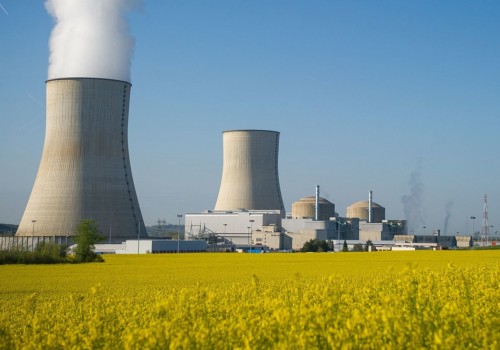
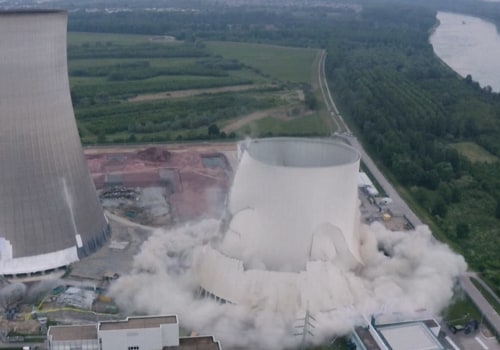
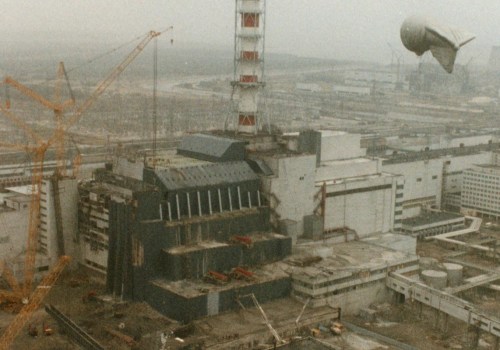
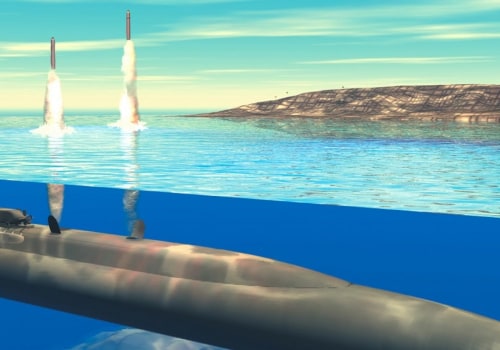

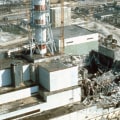
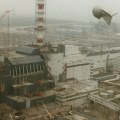
Leave Message